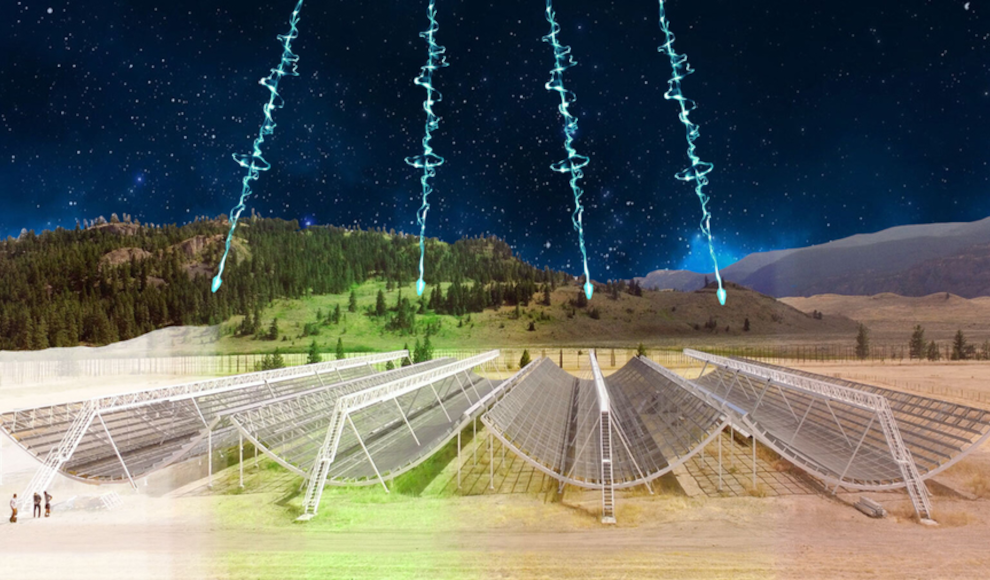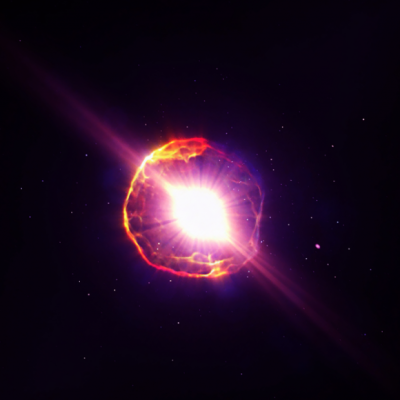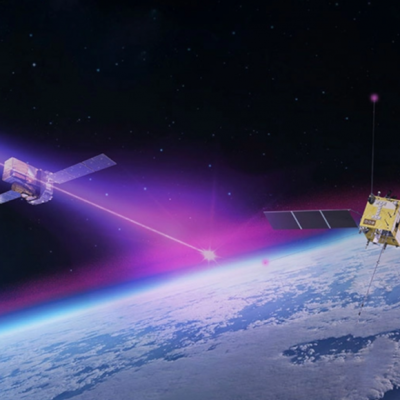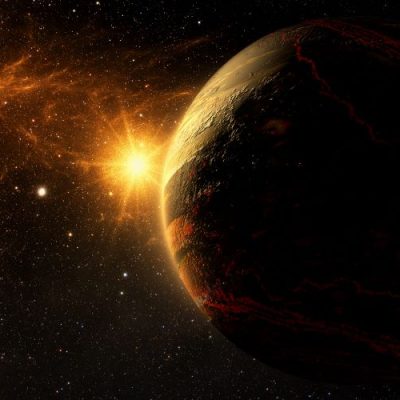Astronomers have long been puzzled by Fast Radio Bursts (FRBs), also known as Radioblitze, which originate from distant regions of the universe outside of the Milky Way. While some FRBs have been detected only once, others, such as the cyclic FRB 121102, repeat. An international team of astronomers led by the Massachusetts Institute of Technology (MIT) has analyzed 25 of 50 known sources of Fast Radio Bursts, doubling the number of known sources and providing new insights into their origin. The researchers found that many of the repeated FRBs are inactive and generate less than one burst per week of observation. The Canadian Hydrogen Intensity Mapping Experiment (CHIME) played a crucial role in detecting thousands of FRBs by scanning the entire northern sky. Astronomers working with the CHIME/SRA collaboration have developed new statistical tools to identify every repeating source discovered so far.
The observations suggest that all FRBs could potentially occur repeatedly, and the researchers have identified differences in the duration of the bursts and the spectrum of emitted frequencies between the FRBs that were observed only once and those that were observed multiple times. The researchers believe that the FRBs are likely generated by the remnants of dead stars, and their analysis could help to better understand the final stages of a star’s life. By studying repeated sources of FRBs in detail, the researchers hope to explore the environments in which these explosions occur and gain a better understanding of the material that is ejected before and during the star’s demise.
In conclusion, the new analysis of Fast Radio Bursts has doubled the number of known sources and provided new insights into their origin. The researchers have identified differences in the duration of the bursts and the spectrum of emitted frequencies between the FRBs that were observed only once and those that were observed multiple times. The observations suggest that all FRBs could potentially occur repeatedly, and the researchers believe that the FRBs are likely generated by the remnants of dead stars. The analysis could help to better understand the final stages of a star’s life and explore the environments in which these explosions occur.







-400x400.jpg)


